Statement: This series of post records the personal notes and experiences of learning the BiliBili video tutorial “Pytorch 入门学习”, most of code and pictures are from the courseware PyTorch-Course. All posted content is for personal study only, do not use for other purposes. If there is infringement, please contact e-mail:yangsuoly@qq.com to delete.
1. Introduction to deep learning models
1.1 Definition
Q: What is machine learning?
A: Study of algorithms that:
- Improve their performance P
- At some task T
- With experience E
Conclusion: Modeling, Inference, learning

- Modeling: define score function
- Inference: solve argmax
- Learning: choose w
Q: What is deep learning?
A:
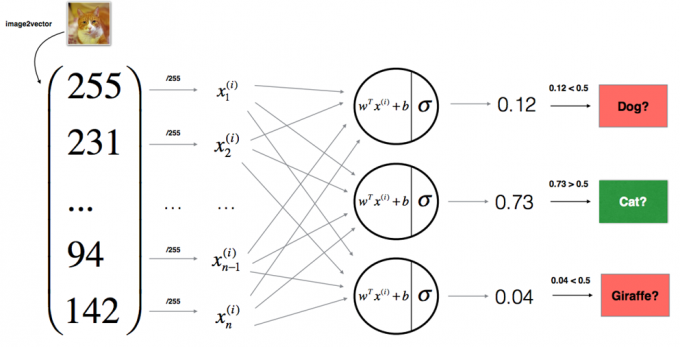
Q: What is neural network?
A:

1.2 Activation function
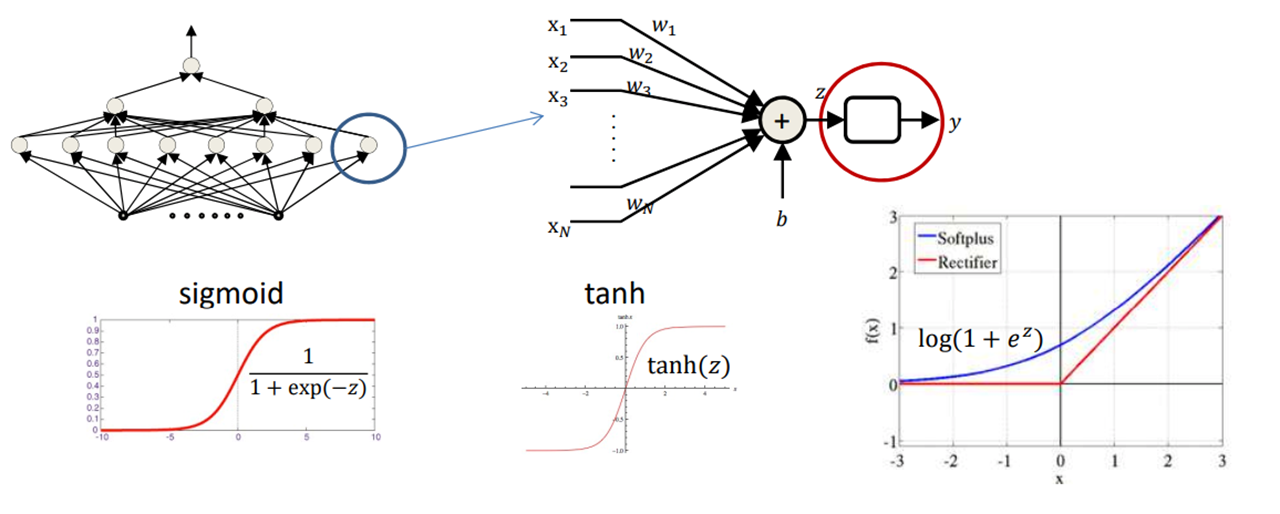
1.2.1 Commonly used activation functions:
- :
- :
- :
- :
1.2.2 Code implementation
1 | import torch |
Result:
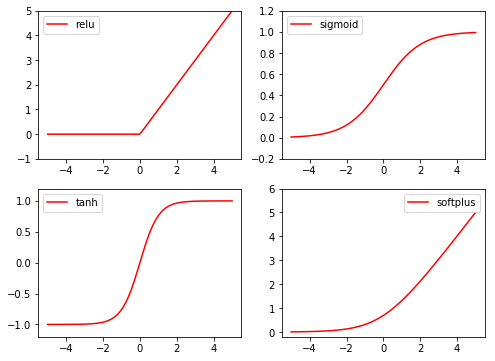
1.3 examples of NN
-
Standard feedforward NN
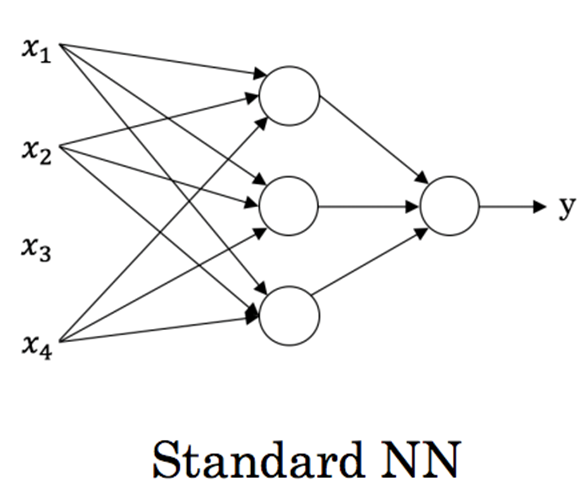
-
Convolutional NN

-
Recurrent NN
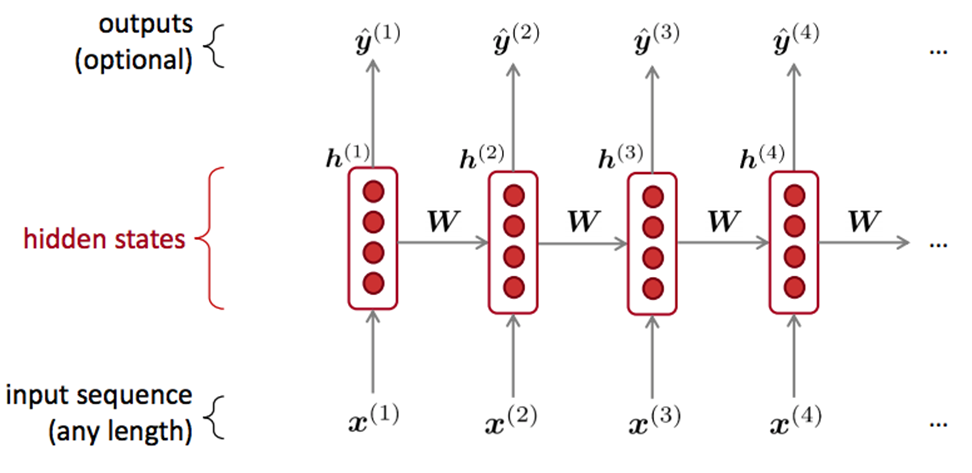
-
Seq2Seq with Attention
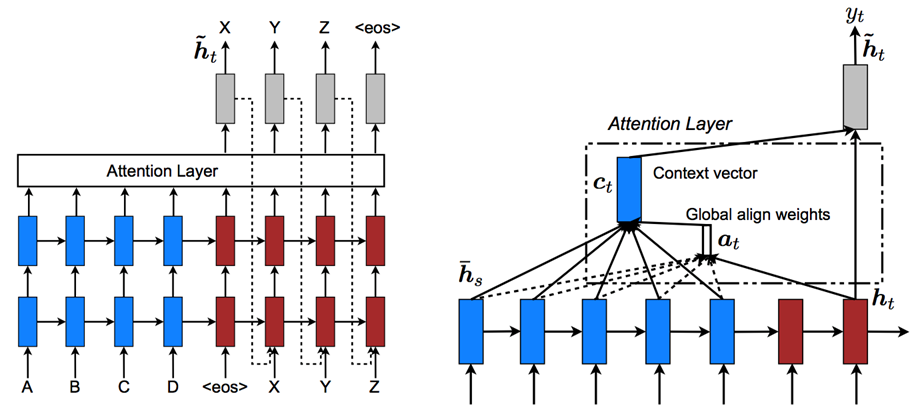
Reference: Effective Approaches to Attention-based Neural Machine Translation
2. Introduction to PyTorch
2.1 Framework for deep learning
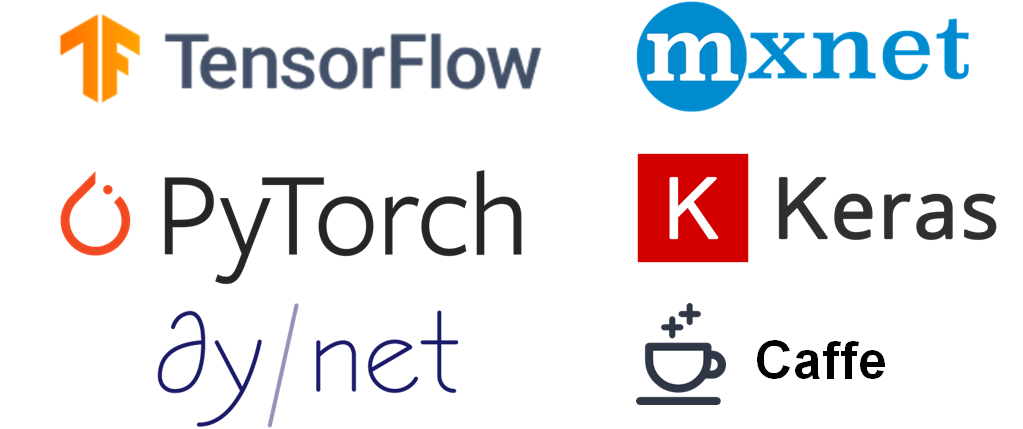
Difference between PyTorch and Tensorflow:
-
PyTorch: 动态计算图 Dynamic Computation Graph
-
Tensorflow: 静态计算图 Static Computation Graph
PyTorch 代码通俗易懂,非常接近 Python 原生代码,不会让人感觉是完全在学习一门新的语言。拥有 Facebook 支持,社区活跃。
Q: What does the PyTorch do?
A:
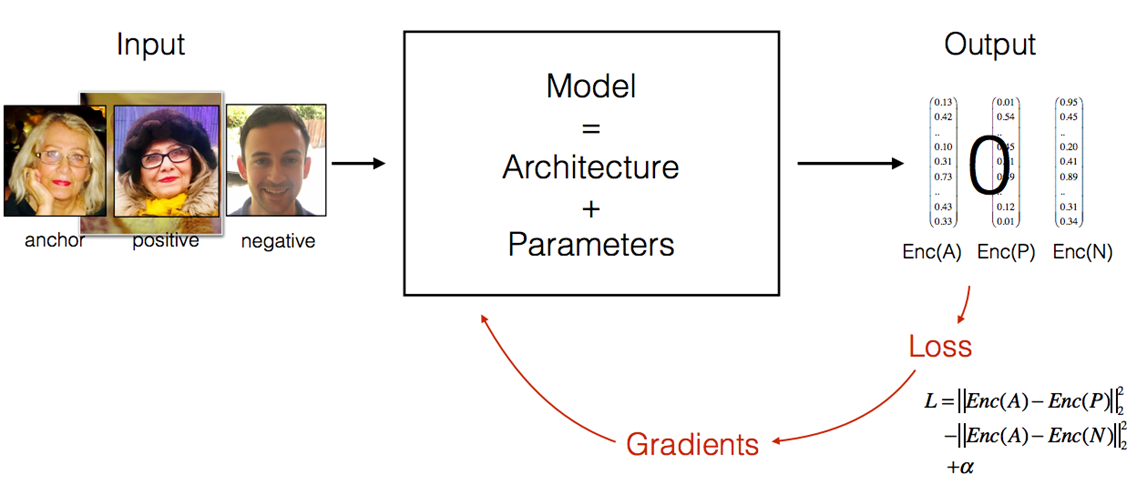
2.2. Some interesting project with PyTorch
-
ResNet

Image classification: ResNet -
Object Detection

Project address: Here -
Image Style Transfer

Project address: Here -
CycleGAN

Project address: Here -
Image Captioning
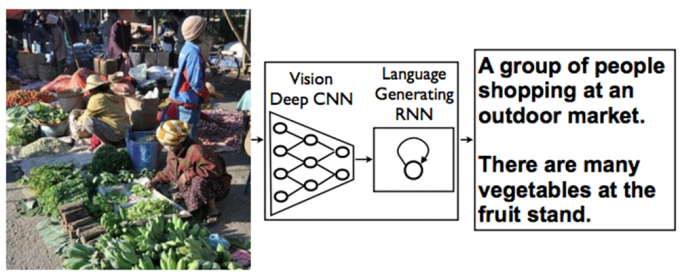
Project address: Here -
Sentiment Analysis

Project address: Here -
Question Answering

Project address: Here -
Translation: OpenNMT-py
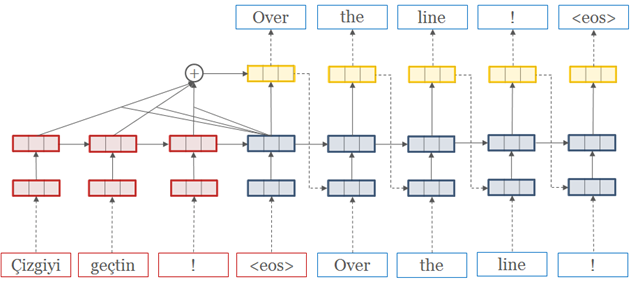
Project address: Here -
ChatBot

Project address: Here -
Deep Reinforcement Learning
2.3 How to learn PyTorch
- Basics of deep learning;
- Pytorch official tutorial;
- Learn tutorials on GitHub and various blogs;
- Documentation and BBS
- Re-creat the open source PyTorch project;
- Read papers about deep learning model and implement them;
- Create your own model.
3. Note content
- Pytorch framework with autograd introduction, simple forward neural networks;
- Word vector;
- Image classification, CNN, Transfer learning;
- Language Model, Sentiment Classification, RNN, LSTM, GRU;
- Translation Model, Seq2Seq, Attention;
- Reading Comprehension, EIMo, BERT, GPT-2;
- ChatBot;
- GAN, Face generation, Style Transfer.
